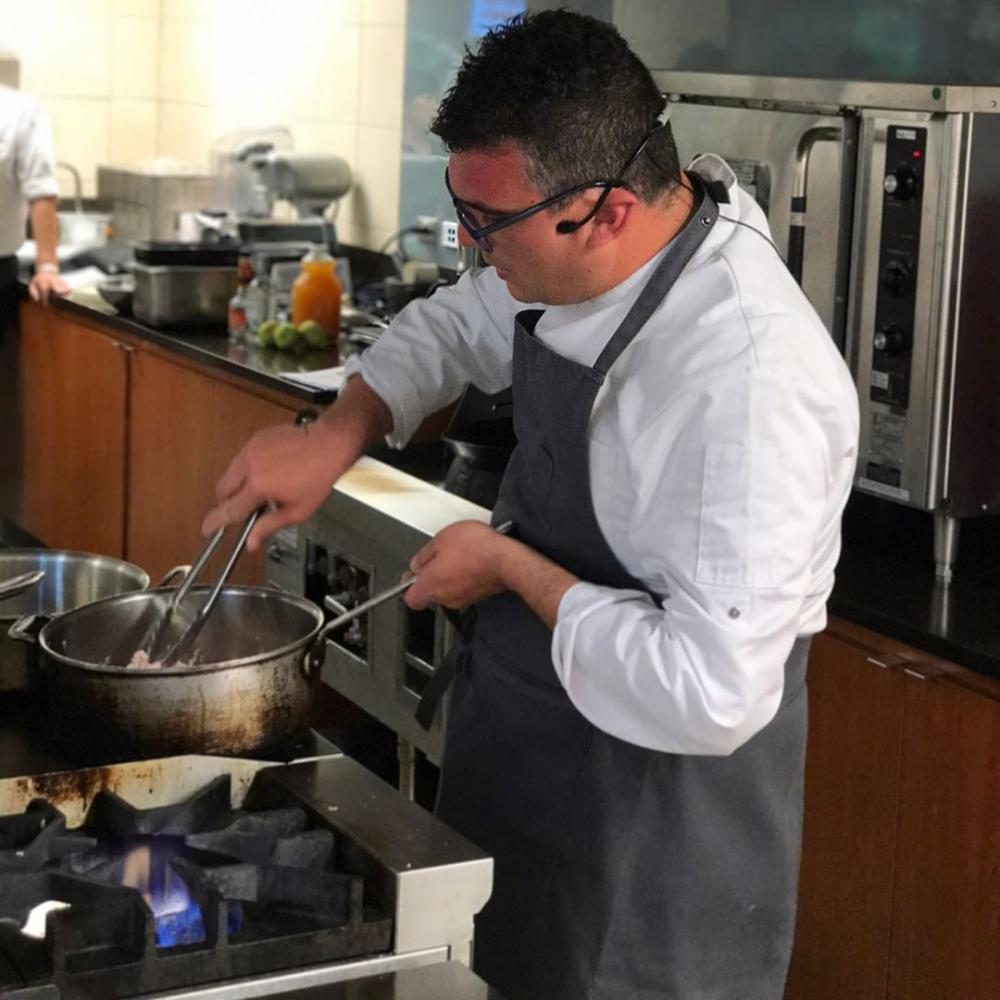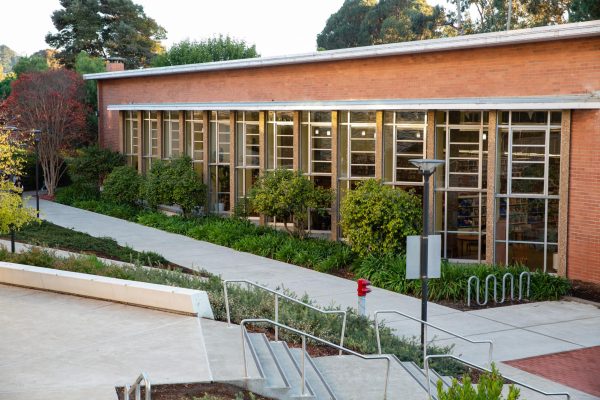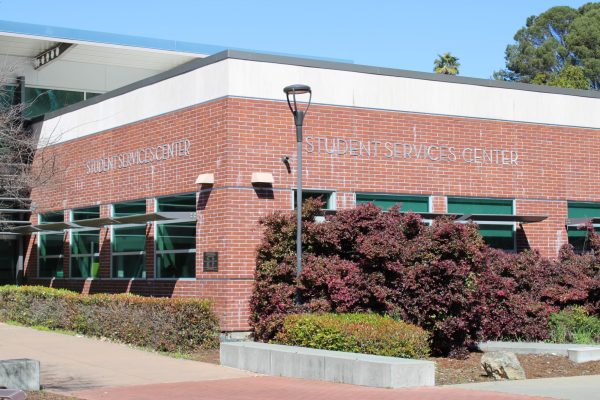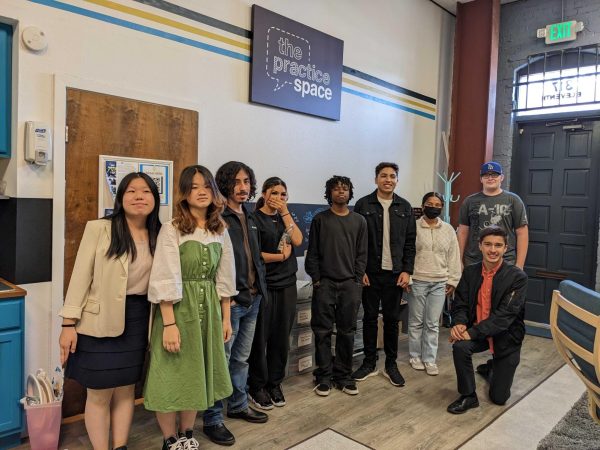Chef demonstration brings taste of Italy
Guest Chef Felice Santodonato demonstrates Italian cuisine cooking tips for culinary arts students in SA-136 on May 1.
May 17, 2017
Italian Chef Felice Santodonato held a cooking demonstration on May 1 in the culinary classroom, SA-136.
He traveled approximately 6,250 miles from his hometown of Ciociaria, Italy to Contra Costa College to share his expertise of fine Italian cuisine with culinary arts students here.
He grew up on a farm in Italy and got his experience teaching at the Torcaboni Institute in Rome three years ago. Additionally, he said his cooking experience stems from working many different expo events in Milan, while also teaching at the University of Rome.
“The three steps I abide by when cooking are first I smell the dish for the flavor, then I recognize the scent and finally I determine how to present the flavor,” Santodonato said.
The demonstration consisted of three phases: first he cooked and carefully tended to the pasta, then he finished cooking the chicken and finally he made an exquisite Risotto with much help from culinary student Joseph Wilkerson.
Wilkerson slowly stirred the Risotto as Santodonato periodically added ingredients such as salt and parmigiano cheese.
“This was my first time cooking Risotto, but if I were to go to Italy I would make it exactly the same way with the same level of authenticity,” Wilkerson said.
One commonality within all Italian cuisine is periodically adding parmigiano cheese while the food is hot on the stove, rather than sprinkling it on after the food has already cooled down — something so many Americans get in the habit of doing.
For the pasta phase of the demonstration, Santodonato added the parmigiano an hour and fifteen minutes into the presentation, also, before he served it.
This helped the cheese blend into the texture of the dish. He tossed the pasta with the sauce, so everyone could observe the traditional Italian style in the making.
“You add sauce, little by little, and then finish cooking the pasta. It’s common to add cheese to the dish when it’s hot and comes off the stove in Italy,” Santodonato said.
The savory pasta, Alla Amatriciana, originated in the province of Reiti, which is a small town in the Lazio region.
The savory bite of the pasta was cooked al dente with thinly-sliced strips of chicken served the same way. In the old country, shepherds used to eat it-with the exception of the onions and garlic, he said.
Santodonato cooked the chicken on the stove for two hours on low heat with the skin side down to absorb all the flavors.
Everything felt authentic, not only because of how he cooked the food, but because he used a special Italian ingredient.
Santodonato cooked all three courses with Quattrociocchi Superbo olive oil from the Lazio region, which roughly translates to “four-eyes superb olive oil.”
The crema sauce that Santodonato served with the chicken requires at least a half-hour of whisking on low heat, with milk as the base ingredient.
Culinary student Linda Montano said what she appreciated the most was learning the importance of cooking on the stove, rather than cooking in the oven.
“I enjoyed the level of originality Santodonato showed cooking on the stove top, just like they do in Italy,” Montano said.












